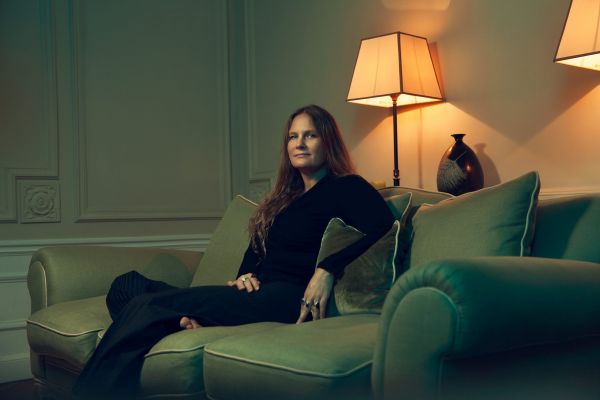
“The Woolf Girl,” by Catherine Hollis, Public Books
Narrative tropes reoccur across Yuknavitch’s work, both fiction and nonfiction: the stillborn daughter, the filmmaker husband and son, violent sex, and the redemptive power of art. In Yuknavitch’s antic novel Dora: A Headcase, a hilarious retelling of Freud’s infamous case history, a ragtag bunch of teenage art punks turn the camera on Freud himself. Though primarily narrated by Ida/Dora, here the art collective wrests power from the authoritative case history. When Yuknavitch’s Freud defines a roman à clef as a novel with a secret (“the secret is the author’s life, embedded in fiction”) we sense a gesture to her brilliant memoir The Chronology of Water. In a recent interview, Yuknavitch speaks to the relationship between fiction and memoir, claiming that “they inform, deform, and reform one another.” If we spend too much time policing that border (denouncing some memoirs as false and others as too true, as in libelous), we risk losing the emotional gut punch of life stories.
The most powerful accounts in both The Small Backs of Children and The Chronology of Water concern the bone-deep sorrow of giving birth to a dead daughter. In her memoir Yuknavitch calls that grief the “white”: a period of time “when a soul has to leave a body.” The white returns in Small Backs for the writer and the girl. The girl who loses her family in the war enters the mute white of an affectless snowfield, while the writer, triggered by the girl’s picture, returns to the frozen underworld she thought she’d emerged from. It’s the poet who puts the pieces together: “She’s thinking about grief and trauma, how they can hide out inside a woman, how they can come back.” But the white is also the blank page, the possibility where art happens.
To read the entire article, go to Public Books.
